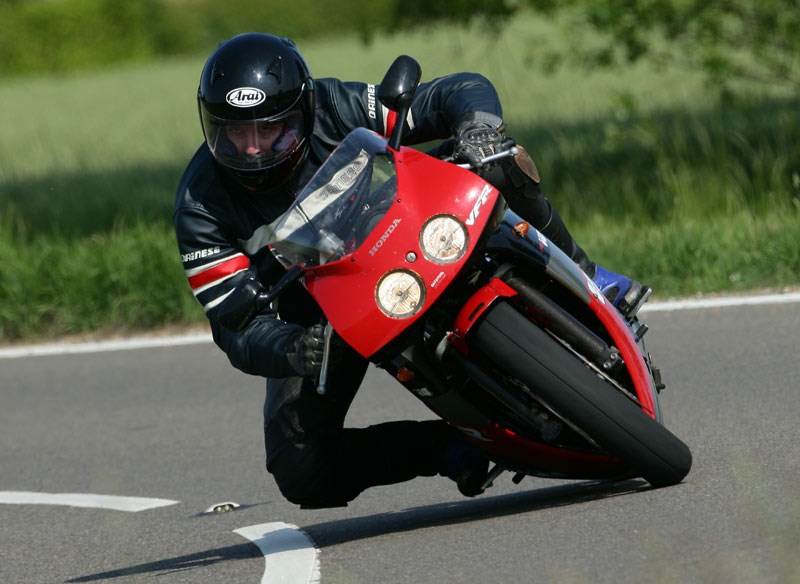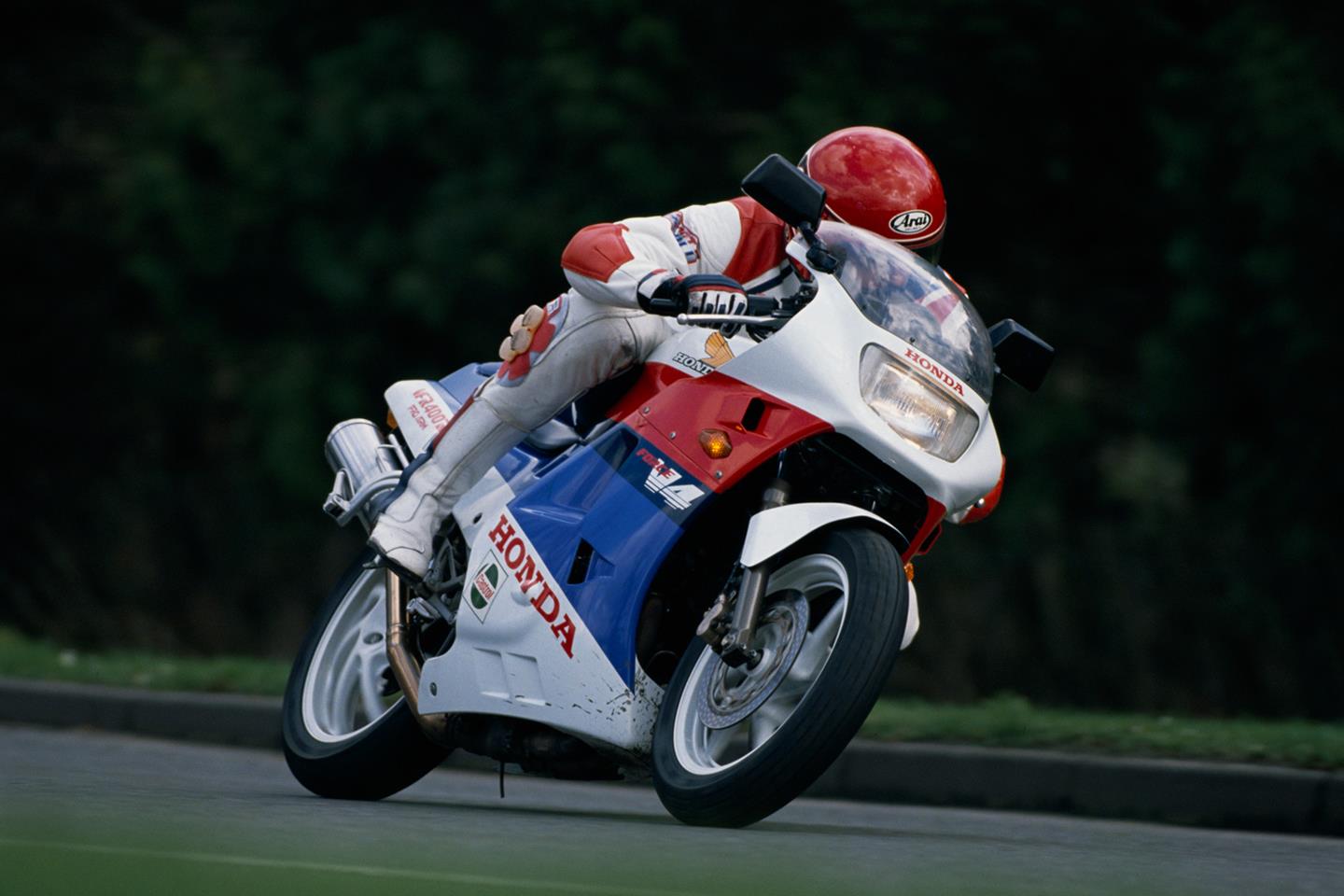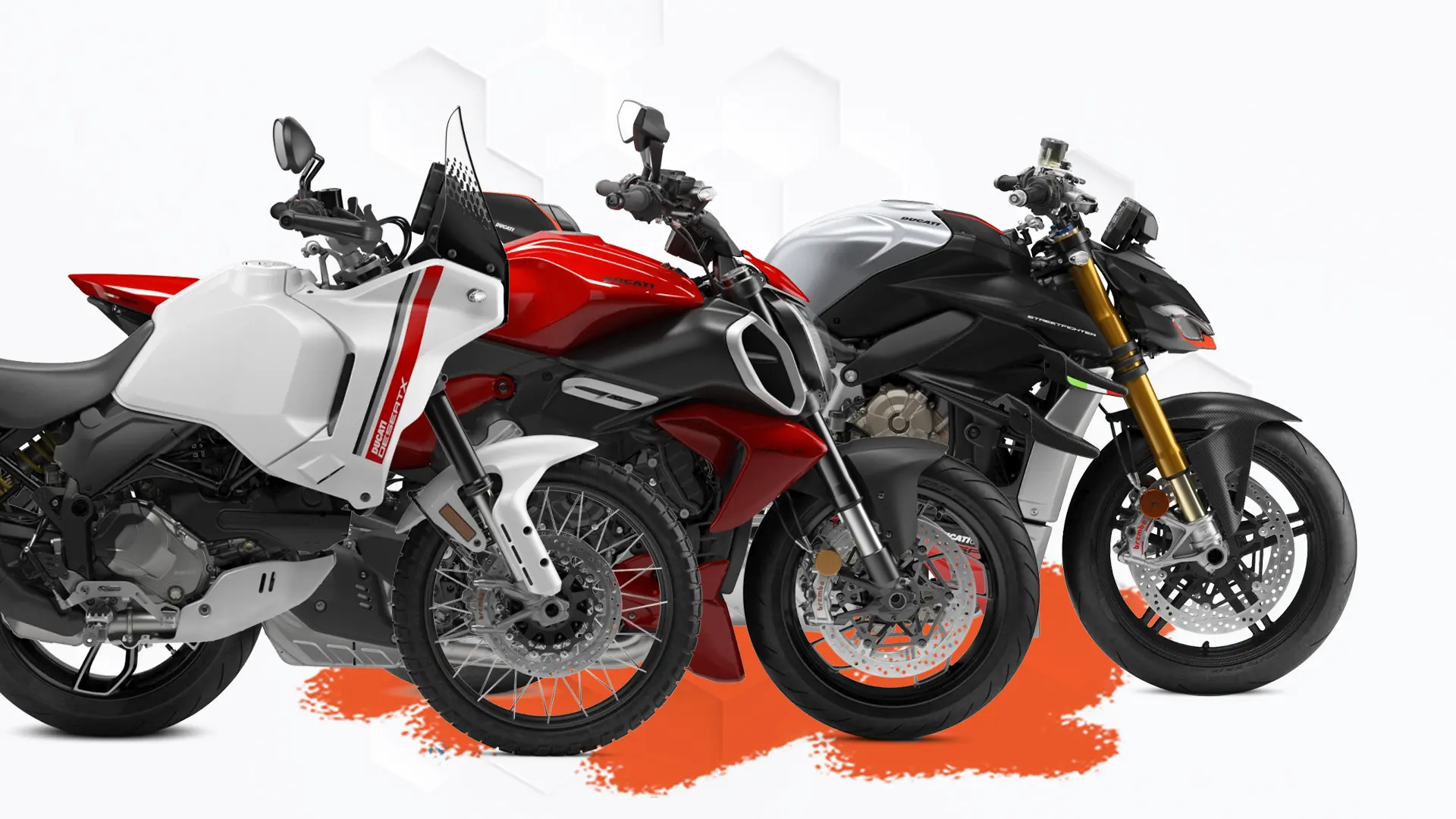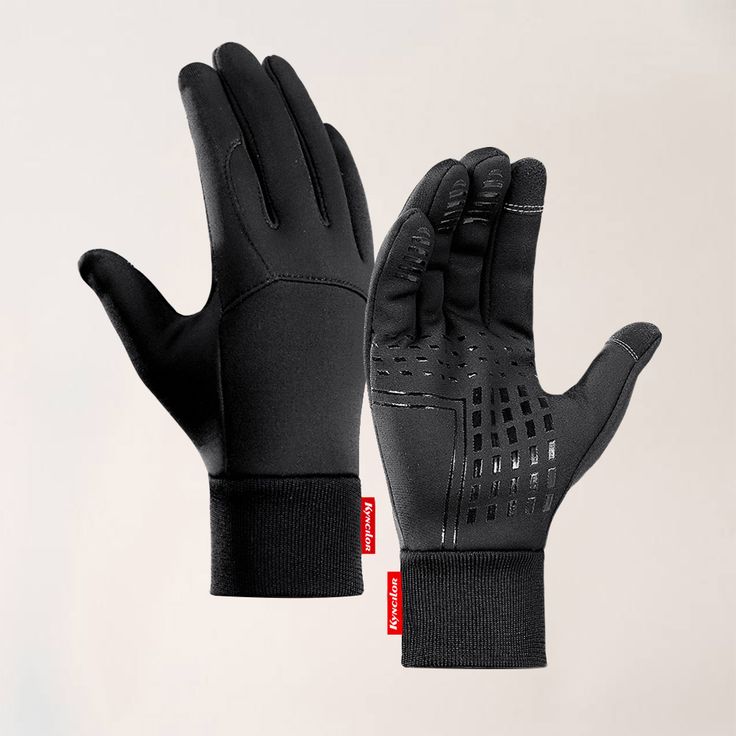The Honda VFR400 is a motorcycle that evokes admiration among enthusiasts and collectors alike. Known for its impressive engineering and innovative design, the VFR400 holds a special place in motorcycle history. Introduced in the late 1980s, this mid-sized sportbike offers a unique blend of performance, style, and heritage. The VFR400 is not just any motorcycle; it is a symbol of Honda’s commitment to quality and innovation. Therefore, understanding its attributes and legacy involves delving into its features, history, and lasting impact.

Historical Background and Engineering Marvel
The Honda VFR400 was introduced as an answer to the growing demand for mid-sized sportbikes. Its development was inspired by the need for a versatile machine that could perform well on both streets and tracks. First launched in 1986, the VFR400 was immediately recognized for its cutting-edge technology and outstanding performance. Unlike many other bikes of its time, the VFR400 was designed with a specific focus on advanced engineering. Therefore, its historical significance is deeply rooted in its technological achievements.
Evolution Over the Years
The VFR400 evolved over several model years, with each iteration incorporating new technologies and design improvements. The initial models, like the NC21, were primarily focused on delivering superior performance. However, subsequent models such as the NC24 and NC30 introduced significant advancements. Notably, the NC30 featured a single-sided swingarm and a more compact design. These changes were not merely cosmetic; they improved the bike’s handling and agility. The VFR400 continued to evolve, reflecting Honda’s commitment to continuous improvement and innovation.

Iconic Engine and Performance
One of the most remarkable aspects of the VFR400 is its engine. It features a V4 layout with gear-driven cams, a hallmark of Honda’s engineering prowess. The V4 engine provides a unique blend of power, smoothness, and reliability. With a displacement of 399cc, it produces around 59 horsepower, offering an exhilarating ride. The engine’s design also contributes to its balanced weight distribution, enhancing overall handling. Additionally, the gear-driven cams ensure precise valve timing, improving performance and durability. This engine setup made the VFR400 a favorite among racing enthusiasts.
Design and Aesthetics
The design of the VFR400 is a perfect fusion of form and function. Every element of the bike is meticulously crafted to offer both aesthetic appeal and practical benefits. The VFR400’s design was influenced by Honda’s racing experience, resulting in a sleek and aerodynamic profile. Furthermore, the bike’s compact size makes it highly maneuverable, an essential feature for both street and track riding. Therefore, the VFR400’s design continues to be admired by motorcycle enthusiasts worldwide.
Aerodynamics and Ergonomics
Aerodynamics play a crucial role in the VFR400’s design, significantly affecting its performance. The bodywork is streamlined to reduce air resistance, allowing for higher speeds and improved fuel efficiency. Furthermore, the aerodynamic design enhances stability, especially at high speeds. Ergonomics are equally important, with the riding position optimized for comfort and control. The seat and handlebar placement allow for a natural posture, reducing fatigue during long rides. These features make the VFR400 a joy to ride, whether on a racetrack or a winding road.

Attention to Detail
Attention to detail is evident in every aspect of the VFR400’s design. From the high-quality materials used to the precision in assembly, Honda spared no effort. For instance, the bike features an aluminum frame, providing strength while minimizing weight. The single-sided swingarm not only improves handling but also simplifies rear wheel removal. Moreover, the bike’s instrumentation is clean and functional, offering all necessary information at a glance. These details reflect Honda’s dedication to producing a motorcycle that is both beautiful and performance-oriented.
Riding Experience and Handling
The riding experience offered by the VFR400 is nothing short of exceptional. Its balanced design, powerful engine, and advanced suspension make it a versatile machine. Whether you are an experienced rider or a newcomer, the VFR400 provides an engaging and rewarding experience. The bike’s handling is often praised for its precision and stability, characteristics that set it apart from competitors. Therefore, riding a VFR400 is not just about transportation; it is about experiencing the thrill of motorcycling.
Street Performance
On the streets, the VFR400 excels in various conditions. Its compact size and agile handling make it ideal for urban environments. Navigating through traffic is a breeze, thanks to its responsive controls and balanced weight distribution. Furthermore, the bike’s power delivery is smooth, making acceleration predictable and controlled. The suspension system absorbs road imperfections well, providing a comfortable ride. These attributes make the VFR400 a practical and enjoyable choice for daily commuting and leisurely rides.

Track Capabilities
The VFR400’s capabilities extend well beyond street performance. It is also a formidable machine on the racetrack. The bike’s lightweight design and powerful engine make it highly competitive in racing conditions. Its precise handling allows riders to take corners with confidence and speed. Additionally, the VFR400’s braking system offers excellent stopping power, crucial for track safety and performance. Many riders choose the VFR400 for track days, enjoying its blend of speed, agility, and reliability. Therefore, the bike’s versatility makes it a favorite among racing enthusiasts.
Legacy and Impact
The legacy of the Honda VFR400 extends far beyond its production years. It has influenced the design and development of subsequent motorcycles in significant ways. The VFR400 set a benchmark for what a mid-sized sportbike could achieve. Its innovations have been adopted and refined in newer models, ensuring its influence persists. Furthermore, the VFR400 remains a collector’s item, highly sought after by enthusiasts and restorers. Therefore, understanding its impact involves appreciating its lasting contributions to motorcycling.
Influence on Modern Motorcycles
The VFR400’s influence on modern motorcycles is undeniable. Its advanced engineering and design principles have been incorporated into many contemporary bikes. For instance, the use of a V4 engine layout has been adopted in various models, offering similar benefits. Additionally, the attention to detail and quality set by the VFR400 has become a standard in the industry. Modern sportbikes owe much to the innovations introduced by the VFR400. Therefore, its legacy continues to shape the future of motorcycling.

Collector’s Value and Popularity
The VFR400’s status as a collector’s item adds to its legacy. Enthusiasts and collectors value the bike for its historical significance and engineering excellence. Well-maintained models can fetch high prices, reflecting their desirability. Restorers often seek out VFR400s to bring them back to their original glory, preserving their legacy. This ongoing interest ensures that the VFR400 remains a prominent figure in motorcycle history. Therefore, its popularity endures, a testament to its impact and significance.
Conclusion: The Enduring Appeal of the VFR400
The Honda VFR400 is more than just a motorcycle; it is a symbol of engineering excellence and innovative design. From its advanced V4 engine to its aerodynamic profile, every aspect of the VFR400 is meticulously crafted. Its performance on both streets and tracks has earned it a lasting reputation among riders. Furthermore, its influence on modern motorcycles and its status as a collector’s item ensure its legacy endures. Therefore, the VFR400 continues to captivate and inspire, reflecting Honda’s commitment to quality and innovation. Understanding its attributes and impact enriches our appreciation for this legendary machine.



